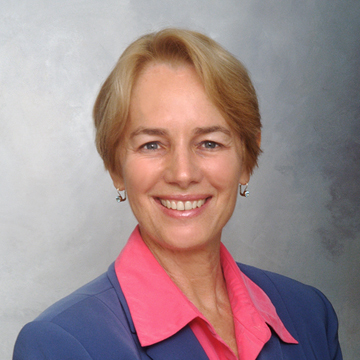HILO — The Hawaii Department of Health released its first-ever report assessing the health of the state’s high school-age and adult lesbians, gay men and bisexuals. ADVERTISING HILO — The Hawaii Department of Health released its first-ever report assessing the
HILO — The Hawaii Department of Health released its first-ever report assessing the health of the state’s high school-age and adult lesbians, gay men and bisexuals.
The report identifies health disparities among the demographics, such as higher rates of obesity, smoking, exposure to bullying, alcohol use, cancer, lack of exercise and, among lesbian and bisexual women, strokes.
The Hawaii Sexual and Gender Minority Health Report notes that 1 in 10 high school students in the state identifies as LGB or questioning.
Just 3 percent of adults self-identify, the report says. But the difference is because of the types of surveys given to adults versus youth. If people in same-gender relationships and other groups are included, the adults, too, would be close to 10 percent.
The health of transgender individuals was not thoroughly assessed because more data is needed. But the data gathered so far about LGB students and adults is plentiful enough to make it generalizable.
Dr. Virginia Pressler, director of the Hawaii Department of Health, said she hopes to have more data soon about transgender health in the state.
Laura Sherwood, the University of Hawaii at Hilo LGBTQ Center coordinator, said she’s pleased the state has made the health data available because it will help with grant applications and health disparity awareness.
“I said, ‘wow, this is great. Now we have our own to go off of,’” said Sherwood, speaking by telephone from the Building Competency in Serving Lesbian, Gay, Bisexual and Transgender Youth Conference in Honolulu, where the state’s report with Hawaii data was released Friday.
A total of 4,700 high school students in Hawaii identify as LGB or questioning, according to the report.
Native Hawaiian students make up 22 percent of LGB and questioning youth, the report says. Residents who are Native Hawaiian or part Native Hawaiian made up 21 percent of the overall state population in 2015, says a Pew Research Center report.
LGB students are “significantly” less likely to visit a health care professional or see a dentist. Questioning students are even less likely than LGB students. Just 23 percent of LGB and 18 percent of questioning young male students report having been tested for HIV.
The Centers for Disease Control and Prevention recommends all people ages 15-65 get tested for HIV.
The report says only half of questioning youth saw a doctor or nurse for a physical exam in the past year, compared with almost 75 percent of heterosexual youth.
The requirement that seventh-grade students get a physical before next school year will help.
“The seventh-grade physical exam is a huge step forward in adolescent health,” Pressler said. During the exam, students can be screened for health concerns such as obesity, mental illness and the human papilloma virus.
One concerning finding, for all students, is that 33 percent of heterosexual, 48 percent of questioning and 57 percent of LGB students report purposely hurting themselves within the past year.
The Department of Health is working to get mental health included as part of primary care, Pressler said.
“We are trying to make it ‘standard of care,’” she said.
Another is that LGB youth are almost four times more likely to have attempted suicide in the past year than heterosexual youth. A total of 43 percent of LGB youth have been bullied either at school or electronically.
Email Jeff Hansel at jhansel@hawaiitribune-herald.com.
Online
Hawaii Sexual and Gender Minority Health Report: https://bit.ly/2pukuoX
Pew Research Center report: https://pewrsr.ch/1E2hAZm



